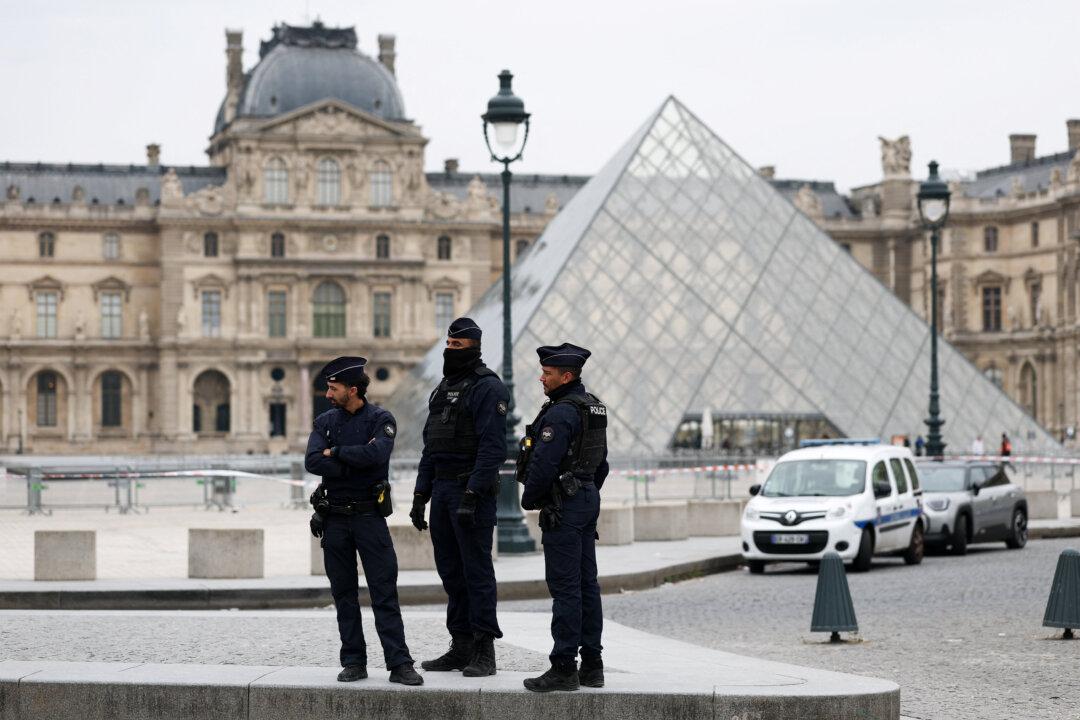WELLINGTON—New Zealand will next week ease some of the world’s strictest lockdown measures taken to tackle the CCP virus pandemic, also known as the novel coronavirus pandemic, Prime Minister Jacinda Ardern said on Monday, after a month of tight restrictions slowed the spread of the disease.
The left-leaning Labor government of the Pacific nation introduced its highest lockdown measures for its 5 million population in late March, shutting down offices, schools and all non-essential services including bars, restaurants, cafes, and playgrounds in a bid to completely eliminate the virus.





